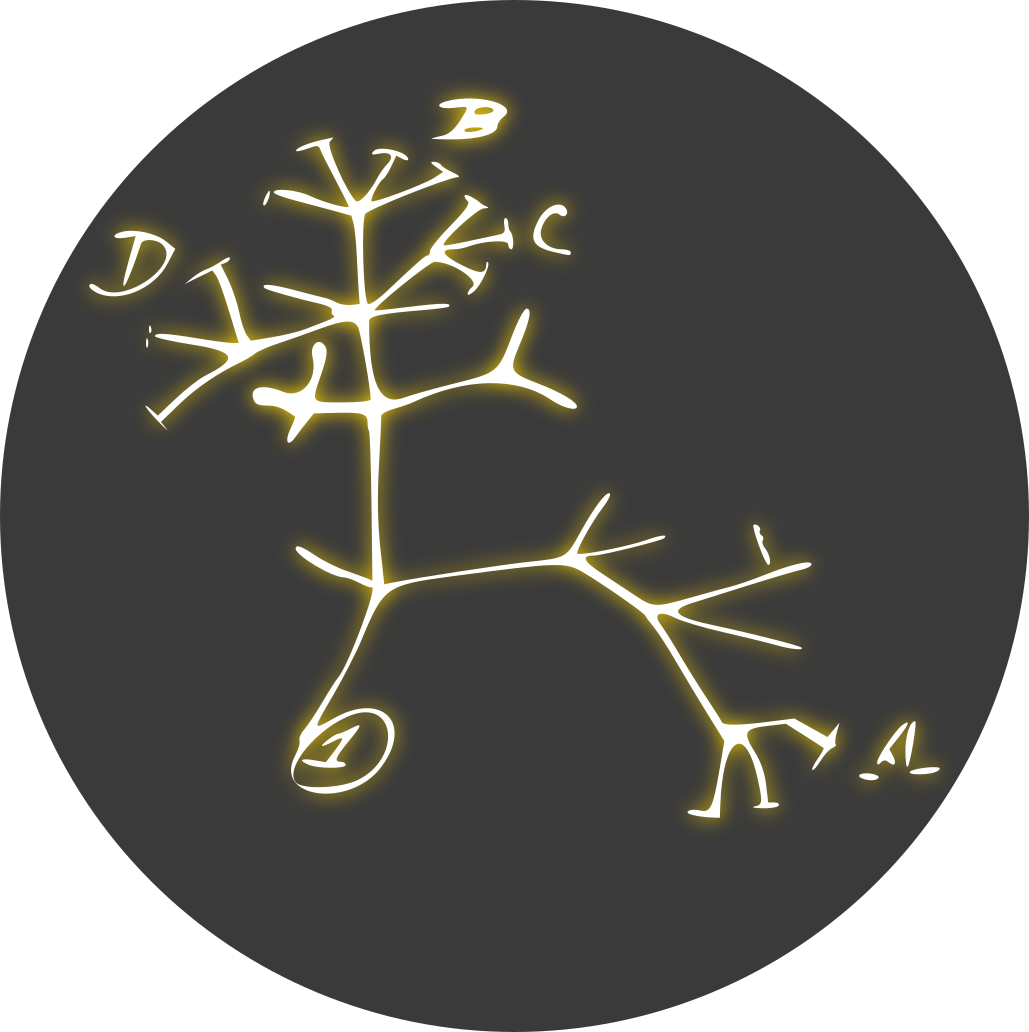Researchers don’t know exactly how psilocybin, a psychoactive compound found in psychedelic mushrooms, evolved. Now, a new study adds to the mystery: Its findings reveal that two different groups of fungi came up with independent ways to produce the seemingly magical molecule.
In a paper published September 21 in the journal Angewandte Chemie International Edition, scientists analyzed the genes and proteins used by Psilocybe and Inocybe mushrooms to make psilocybin. To their surprise, they found that the two genera of mushrooms produce the compound using completely different pathways.


I’d be curious to see that with dosage. Like maybe they’re just more sensitive to caffeine than originally expected, kind of how humans were way more sensitive to LSD than expected. But also, the effects of LSD in humans seem to plateau unlike alcohol, it would be interesting to see if the caffeine web is the spider falling off a metaphorical cliff
I think your instinct is right and invertebrates might be more affected by caffeine, because I did a lab on how fruit fly larvae respond to caffeine in which about a third of the class inadvertently killed their larvae.
I also suspect humans are less likely to continue trying fine motor tasks if they’re close to dangerously overdosing on caffeine, because it’s unpleasant as hell and most people would probably seek out medical attention instead of knitting through it.